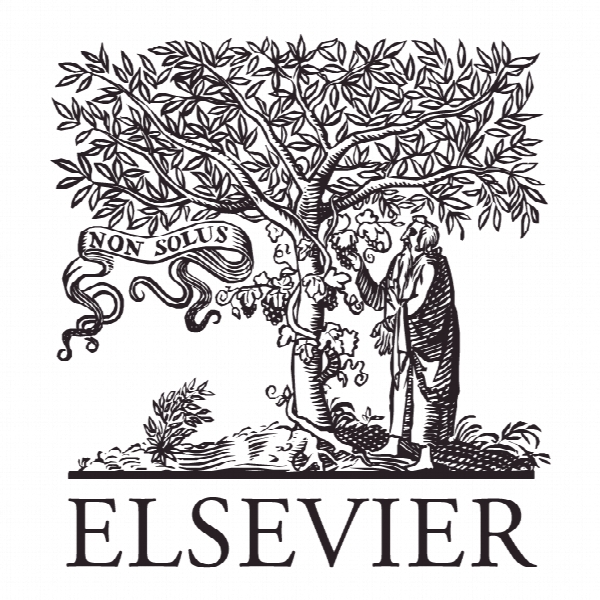قراردادهای ناقص، مالکیت اشتراکی و انگیزه سرمایه گذاری Incomplete Contracts, Shared Ownership, and Investment Incentives
- نوع فایل : کتاب
- زبان : انگلیسی
- ناشر : Elsevier
- چاپ و سال / کشور: 2018
توضیحات
رشته های مرتبط اقتصاد، حقوق
گرایش های مرتبط اقتصاد مالی
مجله رفتار اقتصادی و سازمان – Journal of Economic Behavior & Organization
دانشگاه University of Cologne – Germany and CEPR – UK
شناسه دیجیتال – doi https://doi.org/doi:10.1016/j.jebo.2017.09.021
منتشر شده در نشریه الزویر
کلمات کلیدی انگلیسی property rights, incomplete contracts, investment incentives, partnership dissolution, shared ownership
گرایش های مرتبط اقتصاد مالی
مجله رفتار اقتصادی و سازمان – Journal of Economic Behavior & Organization
دانشگاه University of Cologne – Germany and CEPR – UK
شناسه دیجیتال – doi https://doi.org/doi:10.1016/j.jebo.2017.09.021
منتشر شده در نشریه الزویر
کلمات کلیدی انگلیسی property rights, incomplete contracts, investment incentives, partnership dissolution, shared ownership
Description
1 Introduction Consider a partnership consisting of two risk-neutral parties each of whom owns a share of an asset that can be traded tomorrow. Clearly, it is ex post efficient that the party with the larger valuation of the asset will get 100 percent of the asset tomorrow. Yet, suppose that today the parties can make non-contractible investments in order to enhance the productivity of the asset. We analyze who should initially own the asset, given that tomorrow negotiations between the symmetrically informed parties will result in the ex post efficient ownership allocation. The problem that we study is relevant in many fields. For instance, temporary partnerships between firms are often formed in the context of R&D activities.1 As has been pointed out by Aghion and Tirole (1994, p. 1205), “managing innovation properly is one of the most important challenges faced by developed economies.” They explore the relationship between a customer and a research unit who can both invest in order to increase the probability of making an innovation. Only the customer can commercialize the innovation; i.e., the customer’s valuation is positive, while the research unit’s valuation is zero. Even though the innovation should thus be owned by the customer ex post, it can be optimal to initially allocate ownership to the research unit in order to improve its investment incentives. We generalize their model, such that both parties may have a positive valuation, and we study in detail under what circumstances ownership by the low-valuation party can be optimal. Moreover, we allow for shared ownership, as it is typically observed in research joint ventures.2 Another example where our analysis is very relevant in practice are public-private partnerships. Such partnerships between the public sector and a private firm are often formed to realize a specific infrastructure project such as a road, a hospital, an airport, or a prison.3 Who should own the facility used to supply a public service?


